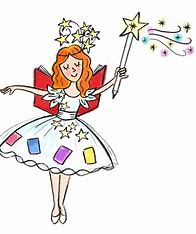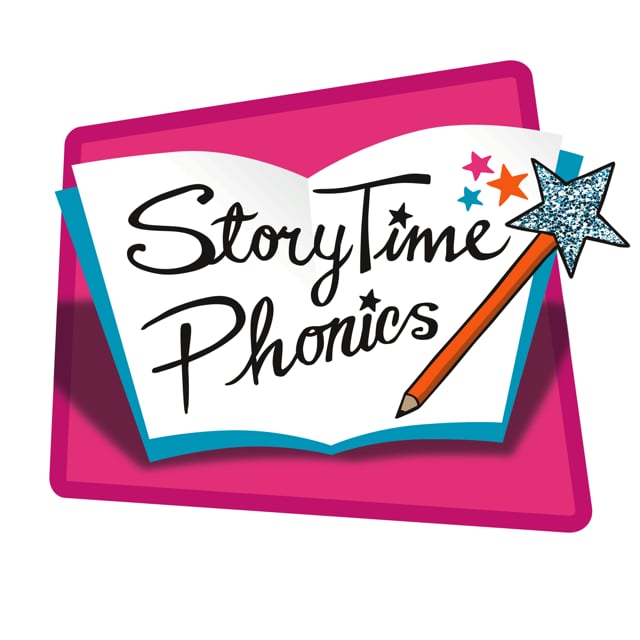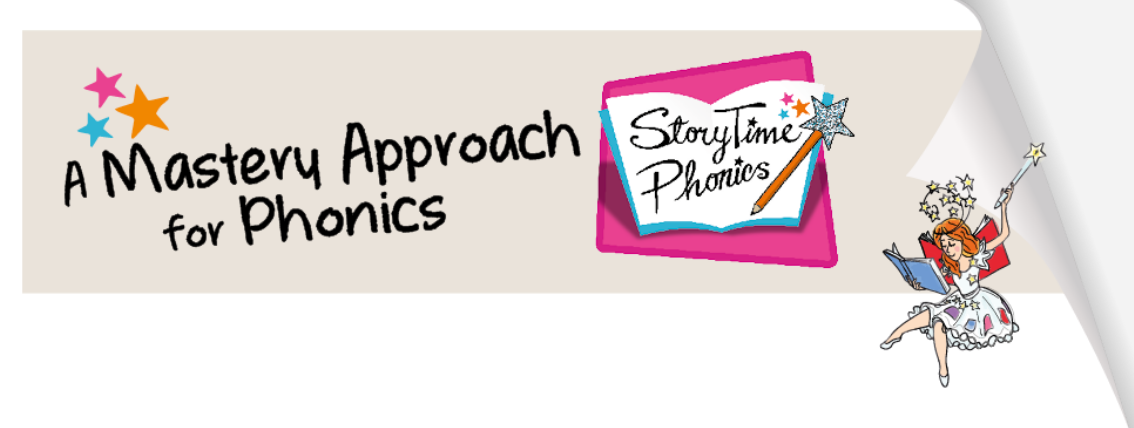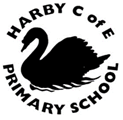Phonics
What is phonics?
Phonics refers to a method for teaching children to read and write in English. It involves connecting the sounds of spoken English with letters or groups of letters (e.g that the sound /k/ can be represented by c, k, ck or ch spellings) and teaching them to blend the sounds of letters together to produce approximate pronunciations of unknown words.
In this way, phonics enables people to use individual sounds to construct words. For example, when taught the sounds for the letters t, p, a and s, one can build up the words "tap", "pat", "pats", "taps" and "sat"
(source: www.literacytrust.org.uk)
 Story Time Phonics
Story Time Phonics
At Harby C of E Primary School we have fidelity to one scheme and this is Story Time Phonics.
StoryTime Phonics is an inclusive synthetic, whole-class phonics reading and writing programme based on Letters and Sounds, for all children learning to read and write in Foundation and Key Stage 1. It is also used as an intervention programme for older children.
The lessons are all contextualised through the use of a ‘real’ book. Each sound is taught through a real story book written by some of the best-loved authors, with a truly memorable 'Magical Moment' film of the story being read by the Phonic Fairy herself. To accompany each of the storybooks there are “Talking Bookmarks” comprehension questions to assist teachers to deliver quality talk sessions to help develop a rich and deeper understanding of the stories.
The inspirational lessons enable and empower us to engage all of the children in our classes, regardless of ability, on a multi-sensory journey where learning phonics has a real purpose. Each sound has an action linked to the story, so children remember and relate the sound directly to the book.
(Source: M Larbey, 2016)
The alphabet contains only 26 letters. Spoken English uses about 42 sounds (phonemes). These phonemes are represented by letters (graphemes). Phonemes can be represented by a single letter (e.g. ‘s’ or ‘h’) or a group of letters (e.g. ‘th’ or ‘ear’)
Once children begin learning sounds, they are used quickly to read and spell words. Children can then see the purpose of learning sounds. For this reason, the first six letters that are taught are ‘s’, ‘a’, ‘t’, ‘p’, ‘i’, ‘n’. These can immediately be used to make a number of words such as ‘sat’, ‘pin’, ‘pat’, ‘tap’, ‘nap.’

